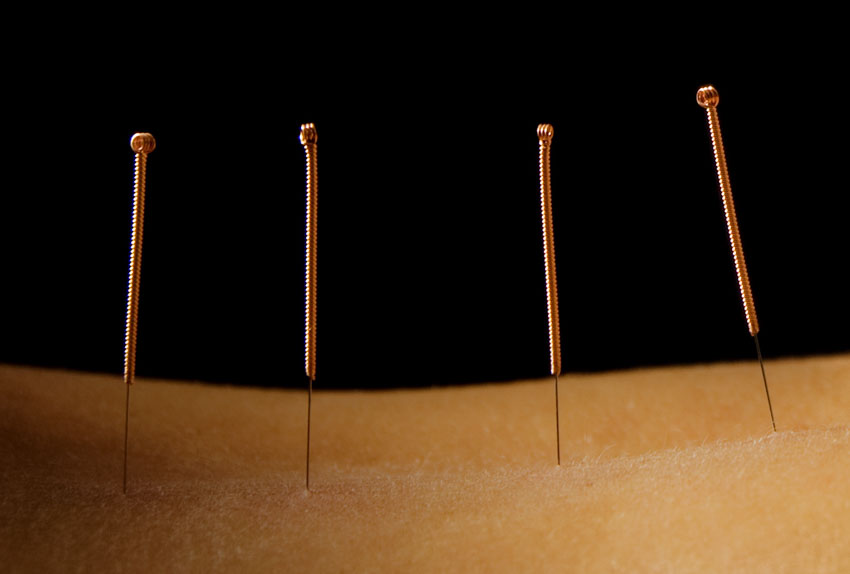
Acupuncture reduces low back pain and referred leg pain for patients with lumbar disc herniations. Haikou Hospital of Traditional Chinese Medicine researchers compared the therapeutic results of two groups. One group received oral diclofenac and the other group received acupuncture in addition to diclofenac. The group receiving the integrative medicine treatment protocol significantly outperformed the group receiving drug monotherapy. The researchers conclude that acupuncture significantly contributes to pain reduction for patients with lumbar disc herniations.
Results were confirmed using the visual analog scale, Japanese Orthopedic Association scores, and serum levels of interleukin-6 and substance P (enzyme-linked immunosorbent assay method). Drug monotherapy produced a total effective rate of 87.72% and acupuncture plus drug therapy produced a 94.92% total effective rate. The researchers note that the addition of acupuncture to treatment protocols significantly reduces serum proinflammatory biomarker and pain levels. In addition, a one month follow-up after completion of treatments demonstrated long-term pain relief.
A total of 116 patients with lumbar disc herniations were randomly divided into two groups. One group was limited to oral diclofenac and the other group received acupuncture plus diclofenac. In the acupuncture group, Jiaji points from T12–S1 were inserted bilaterally. Patients were in either a prone or lateral recumbent position for acupuncture treatments. All patients received acupuncture once per day for 10 days.
Acupuncture needles were obliquely inserted and twirled using a balanced tonification and reducing method. Needle depth was adjusted to individual patient size. Ipsilateral needle handles at L3 and L5 were attached to an electroacupuncture device (dense-disperse wave 15/100 Hz), with an intensity set to 1–2 mA for 30 minutes per electroacupuncture session. Huatuo brand needles were used (0.25 × 75 mm), which is an uncoated sterile stainless steel disposable filiform needle.
The results of the investigation demonstrates that acupuncture combined with diclofenac reduces back, waist, and leg pain and discomfort. Patients also had significant improvements in the ability to apply self-care. The researchers cited historical precedents for their treatment protocol. They noted that Jiaji (Huatuo Jiaji ) points have been historically used for the treatment of lower back pain with dredging and nourishing techniques.
The researchers note that this treatment protocol was documented in the Su Wen (Plain Questions), which is the first section of the Huang Di Nei Jing. The researchers note that all patients in the study had a greater than 50% prevalence of blood stasis syndrome in the lower back, which is consistent with Chinese medicine Jing Luo theory. The researchers conclude that the Jiaji acupuncture and medication protocol is effective in reducing pain levels and secretion of proinflammatory agents IL-6 and substance P for patients with lumbar disc herniations.
Reference:
Liang, Chao, Cai-Yu Peng, and Tao Jiang. "Effect of “Tongji” electroacupuncture on pain and inflammatory factors in patients with lumbar disc herniation in remission stage." TMR Non-Drug Therapy 3, no. 4 (2020): 165-173.


